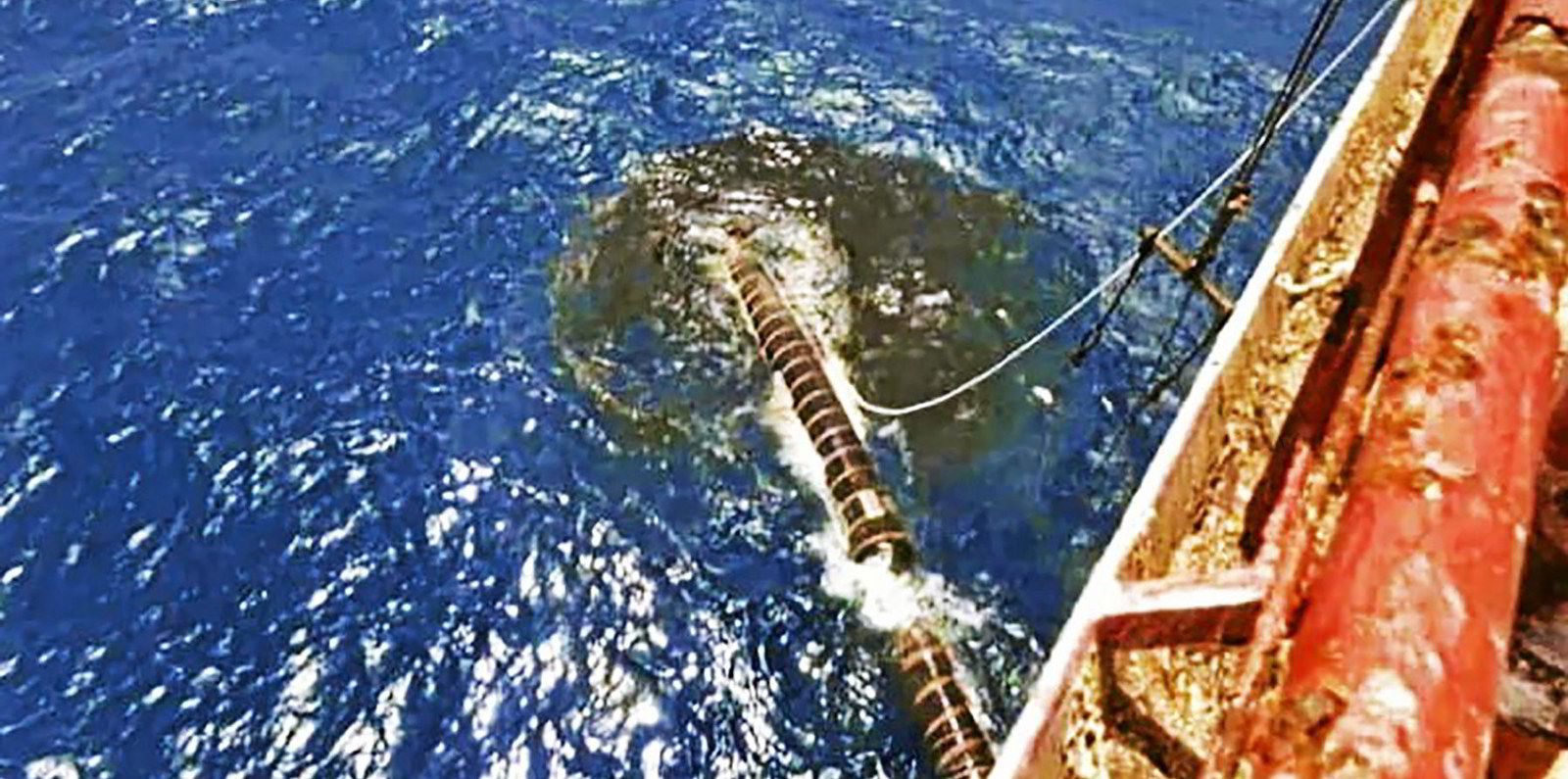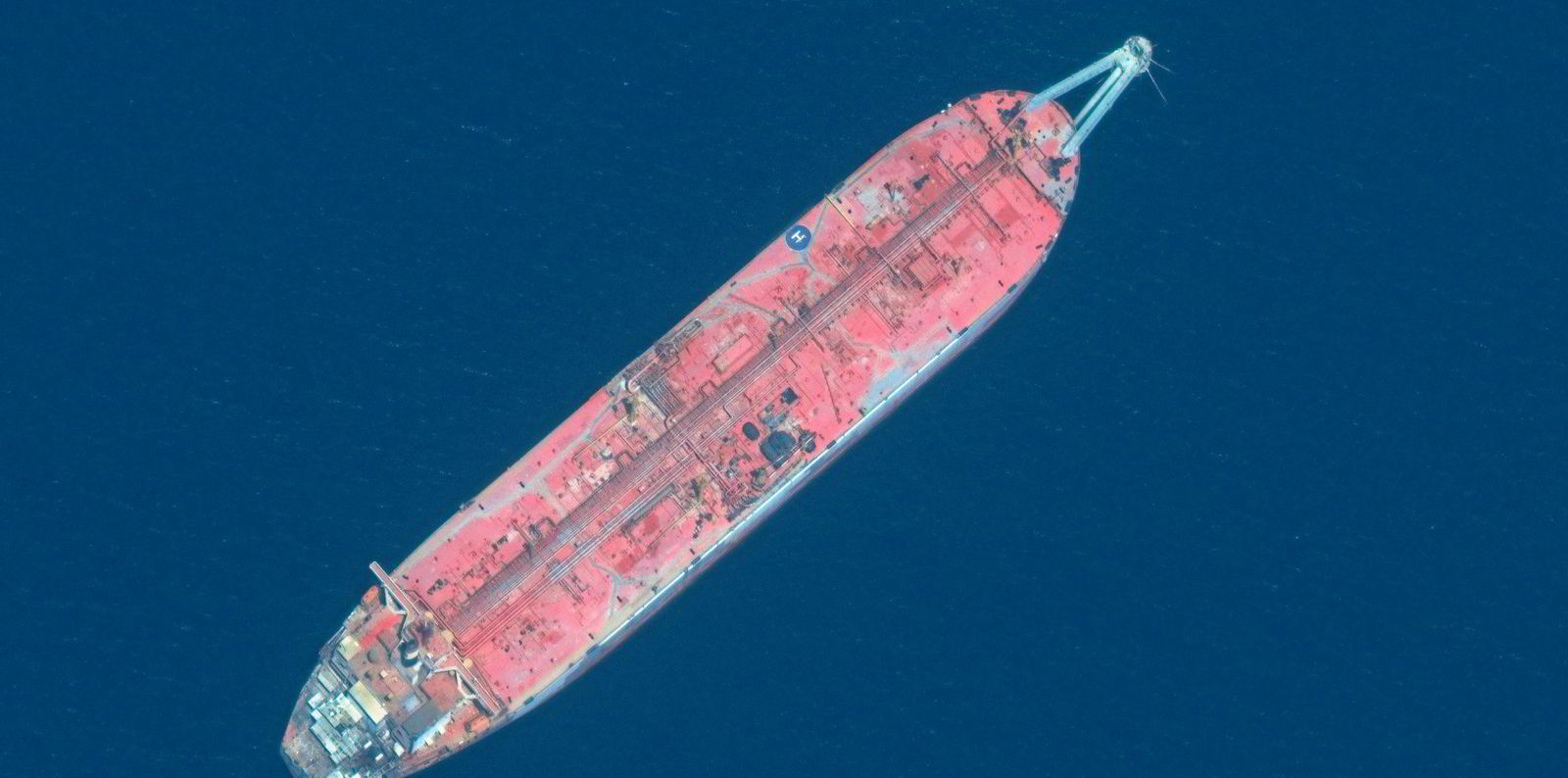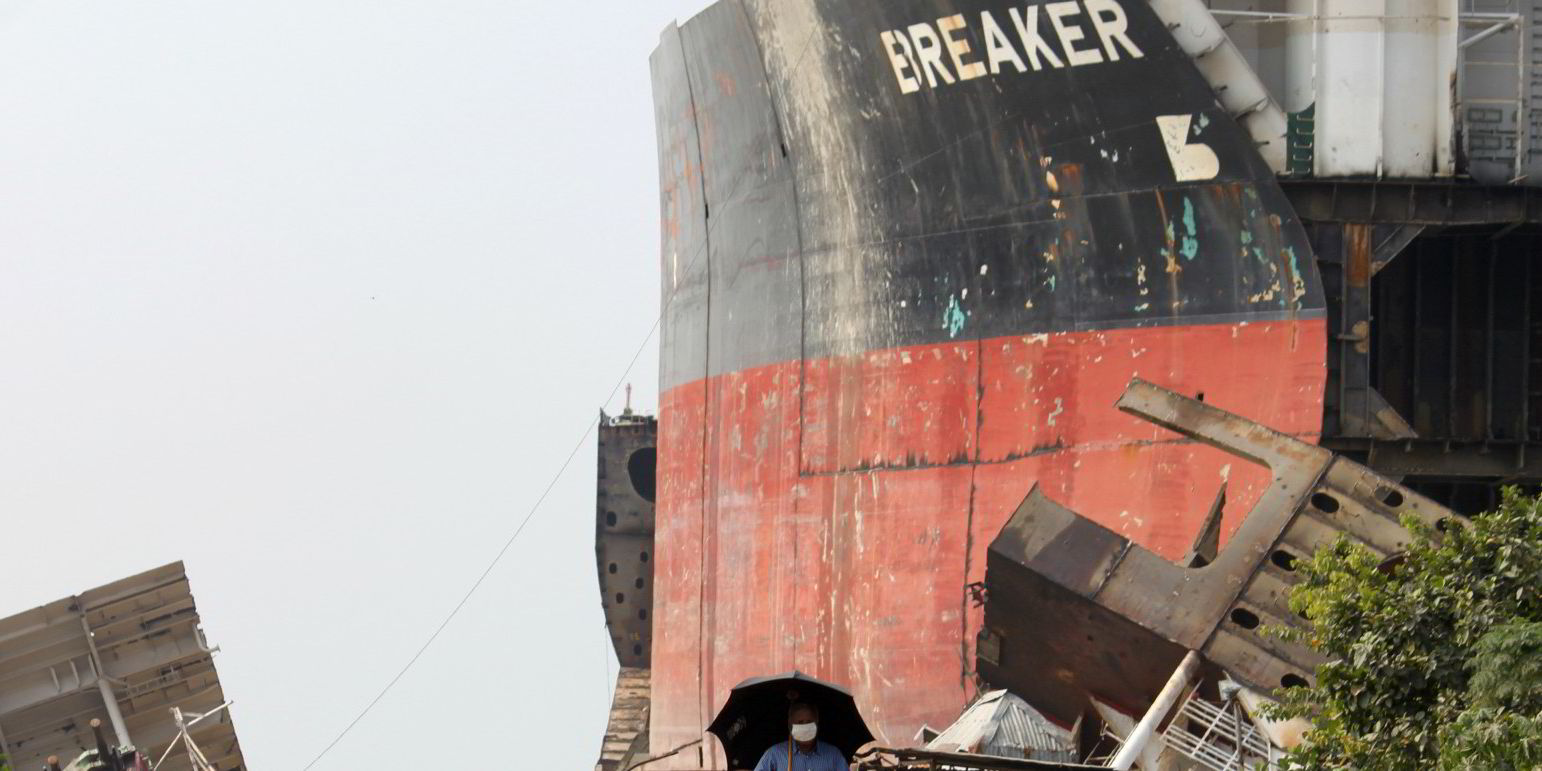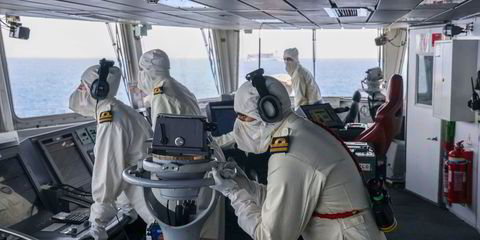Shipping and oil companies have snubbed a United Nations appeal for lightering 1.14m barrels of oil from a vessel at risk of breaking up off the coast of Yemen, a senior official told TradeWinds.
The United Nations request for funds for the environmental project remains $18m short of its first key target after the private sector declined to contribute despite the devastating impact on shipping if the floating storage and offloading unit Safer breaks up.
Some declined to contribute because they were concerned at being held responsible if the operation went wrong and leaked oil into the Red Sea, said David Gressly, the UN resident coordinator for Yemen who is fronting the appeal.
The 407,000-dwt FSO Safer (built 1976) has been described as a “ticking time-bomb” that holds four times the amount of oil that was spilled by the Exxon Valdez in 1989. The Safer has not been maintained for seven years because of Yemen’s civil war.
“We’ve reached out to the private sector, particularly oil companies, shipping companies, associations et cetera. Nothing at this point,” said Gressly.
“We hear concerns that this may create a corporate liability if they invest in this. It’s something that will affect the shipping industry very badly if it happens.
“Nobody’s really ready to step forward to make that first contribution. If we could get even one corporation involved in the broader industry, I think that would motivate others to do the same.
“But making that first breakthrough has been difficult.”
Strategic choke point
Gressly said any leak had the potential to close the Bab el-Mandeb Strait, a strategic link between the Mediterranean Sea and the Indian Ocean that sees about 10% of world trade passing through.
Tim Culmer, who helped write a report for the UK government on the impact of any spill, said computer modelling suggesteed oil could reach the main shipping lanes within 100 hours.
“In some of the scenarios that we have run, the oil will reach the major shipping lanes to the Suez Canal in sufficient quantities that it would impact shipping,” said Culmer, who works on oil-spill response for UK-based firm Riskaware.
About 6.2m barrels of crude oil and products passed through the strategic choke point of the Bab el-Mandeb Strait every day in 2018, said the US Energy Information Administration.
Closing the strait in the event of an oil spill, which measures 29km at its narrowest point, could keep tankers in the Middle East Gulf from reaching the Suez Canal and the Sumed pipeline.
It would force them to divert around the southern tip of Africa. European and North African oil could also no longer take the most direct route to Asian markets.
The blockage would come at a vast cost to the global shipping industry. German insurer Allianz estimated that the blocking of the Suez Canal by the 20,124-teu Ever Given (built 2018) in March 2021 cost global trade up to $10bn a week.
In the event of a spill from the Safer, the Suez Canal Authority would probably bar ships from dragging oil into the waterway, said Dr Ian Ralby, CEO of IR Consilium, a consultancy focused on maritime security.
“From a practical standpoint, doing so would continue to expand this spill and no shipping lines would want to be seen doing that,” said Ralby, who has been raising the alarm about the Safer for more than four years.
An already beleaguered global economy would be hit hard if the Red Sea route was cut off, he said. “This is a problem that will affect countless stakeholders. Anyone that has the ability to do something about it, should.”
Gressly launched the latest Safer appeal on 13 June, which raised public awareness — but little money.
The appeal has been hampered by states ring-fencing money for disaster response but not prevention despite the exponentially higher cost if the Safer leaks. The clean-up costs alone of a leak have been estimated at $20bn with Djibouti, Egypt, Eritrea and Saudi Arabia all potentially affected.
The UN wanted to hit its $80m initial target by the end of June to start preparing the ship for lightering before worse weather in October and November increased the dangers of it breaking up.
Nearly half of the $80m was raised at a funding conference in May, while the US and Saudi Arabia have both contributed a further $10m. But the fundraising effort has since stalled.

A further $64m is needed for a permanent replacement for the Safer, which is 4.8 nautical miles (8.9 km) off Yemen’s coast. The vessel is under the control of the Houthi rebels, moored off the Ras Issa port and connected via pipeline to the oil-rich city of Marib.
Its boilers stopped working in 2017 and seven Yemeni crew members remain aboard the vessel to try to keep it afloat and deal with leaks and crises.
The oil on board cannot be used to fund the lightering operation because its ownership is contested by the internationally recognised government that was backed by a Saudi-led military force that intervened in the war in 2015.
Break-up inevitable
After years of wrangling, a deal was struck earlier this year to lighter the oil from the Safer before a ceasefire took force between the two sides.
“It will break apart some day, it’s just a question of when,” said Gressly. “It’s a grind and we just have to keep plugging away at it.
“I’m not going to give up until the ship gives up.”





